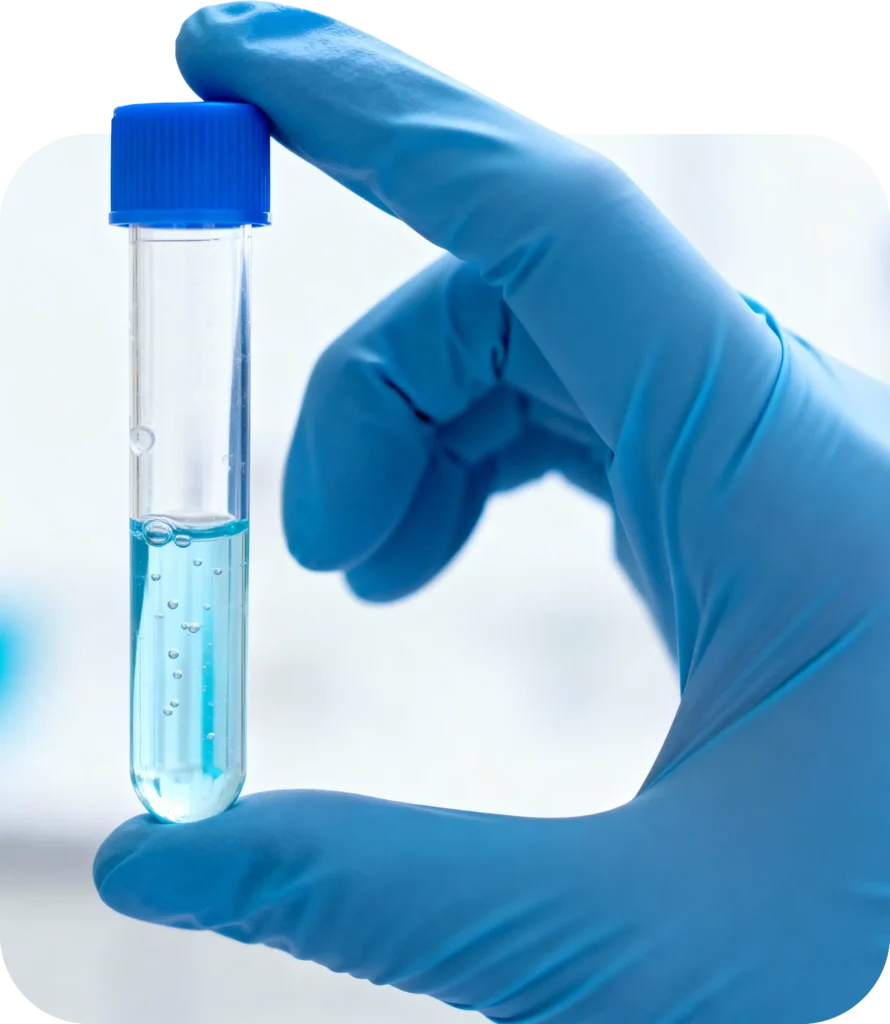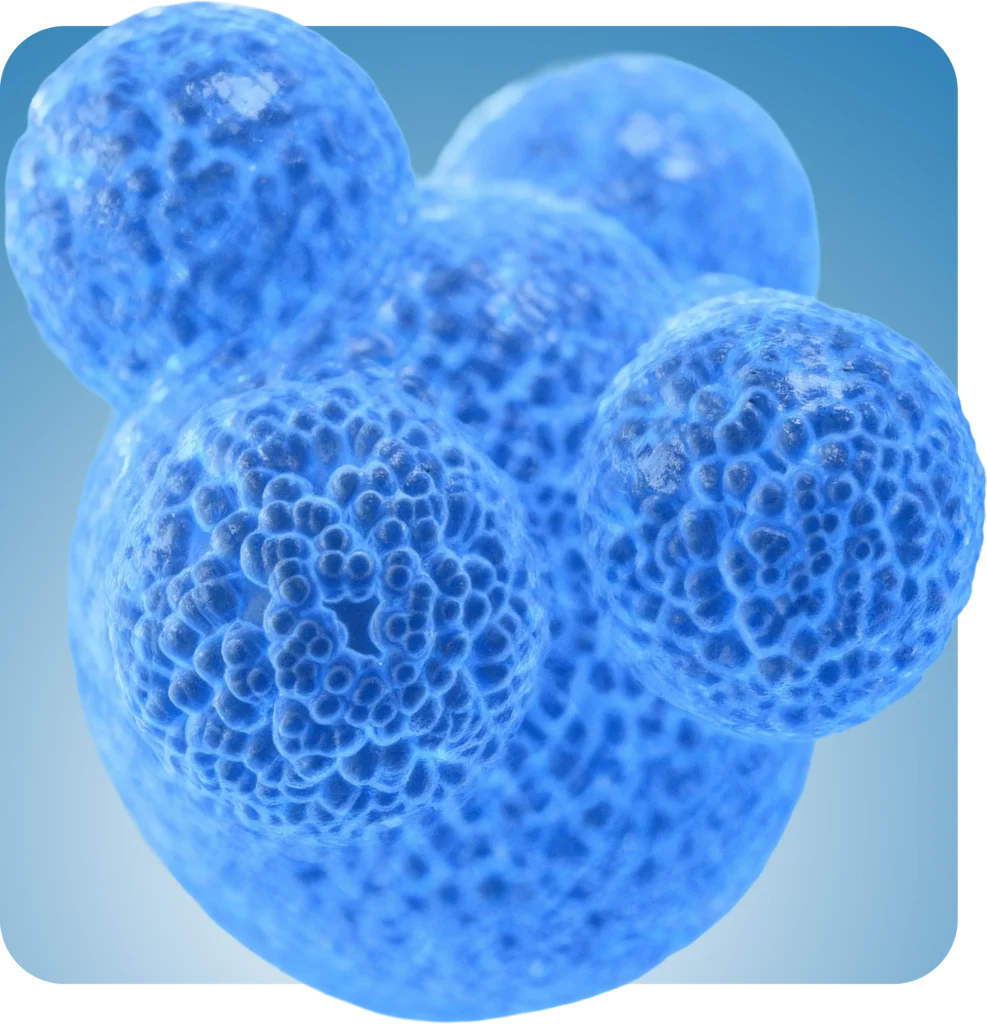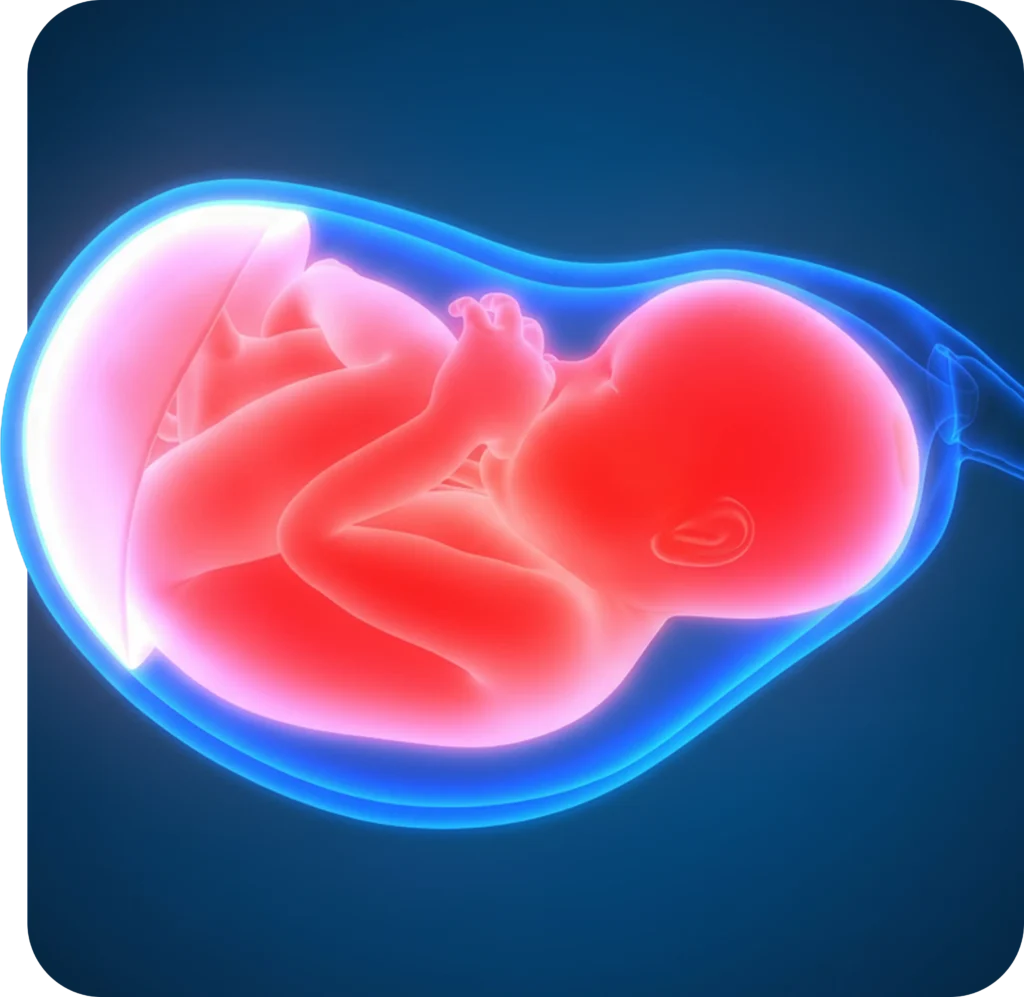When a baby is born, a unique biological resource is born with it: the umbilical cord and the placenta. For decades, they were considered mere “waste” of childbirth; today we know that, on the contrary, they hold one of the most precious treasures of modern medicine: stem cells.
These cells are not all the same: in the cord blood, in the tissue that surrounds it, and in the placenta, there are different populations, each with particular characteristics. Together, they form an extraordinary biological arsenal, capable of helping in the treatment of diseases that are already treatable today and opening up prospects for future therapies.


The blood of the umbilical cord concentrates hematopoietic stem cells, which give rise to all blood cells: red blood cells, white blood cells, and platelets.
They are the most “famous” cells because they have already changed the lives of thousands of patients: they are used in transplants for more than 80 diseases, particularly blood disorders such as leukemias, lymphomas, thalassemias, and severe immunodeficiencies.
The immunological advantage: compared to bone marrow, cord blood is more “tolerant.” This means that even if the compatibility between donor and recipient is not perfect, the risk of rejection is lower. It’s as if cord cells are younger and less “rigid” in recognizing what is foreign, which makes them valuable in transplants.
The tissue that surrounds the cord vessels, called Wharton’s jelly, is rich in mesenchymal stromal cells (MSC). These cells have another type of power: they can transform into bones, cartilage, muscles, and adipose tissue.
Differentiative characteristics: MSCs are not used to reconstruct blood, but to regenerate solid tissues and modulate inflammation. They are “architect” cells, capable of contributing to the repair of damaged tissues.
The immunological advantage: MSCs have a natural ability to calm the immune system. For this reason, they are being studied for autoimmune diseases (such as multiple sclerosis or lupus), to regenerate the heart after a heart attack, or to repair cartilage and bones.


The placenta is often overlooked, yet it is a true treasure trove of stem cells. It contains both hematopoietic cells, similar to those in cord blood, and mesenchymal cells, like those in cord tissue. In other words, a double biological heritage.
In addition to its clinical potential, the placenta has another unique characteristic: it is naturally programmed to manage the immune dialogue between mother and fetus. Placental cells inherit this ability, becoming interesting tools for future therapies that require immune tolerance and inflammation control.
Storing these cells means safeguarding a biological asset that belongs to the child and, in some cases, may also be useful for compatible siblings or parents.
In summary: the cord and placenta are not just “memories of birth,” but therapeutic and regenerative resources that one day could make the difference between having or not having a treatment available.
Thanks to certified and secure processes, we offer quality services that meet the highest standards in the biotech industry.

Certified Swiss Biotech company a leader in stem cell preservation.
